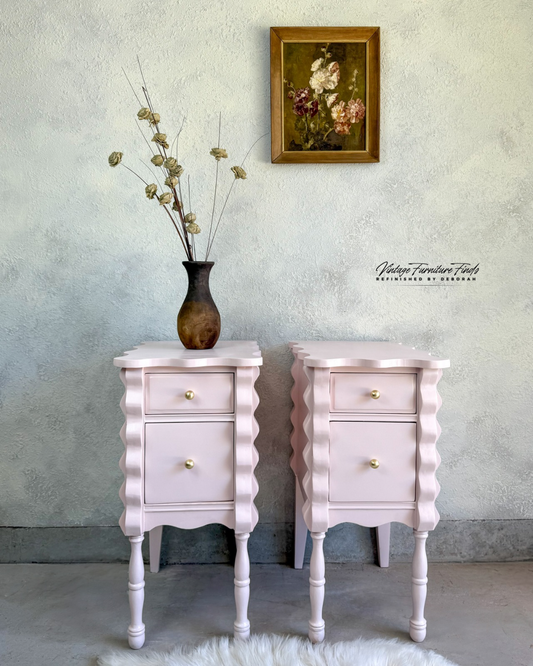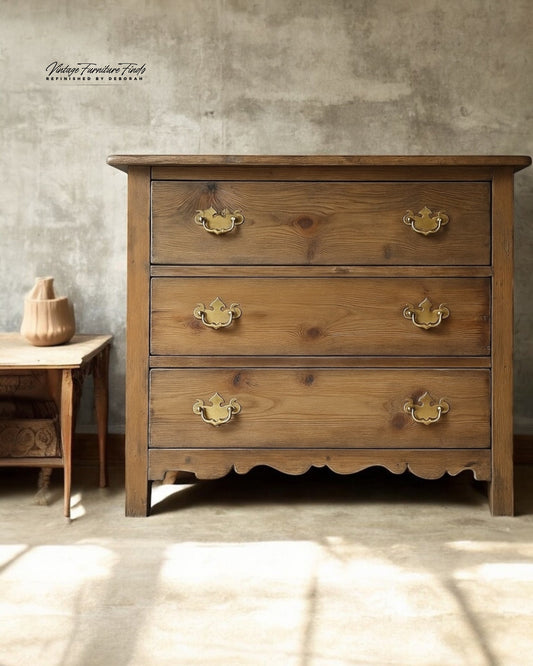When it comes to refinishing furniture, one of the most important steps is priming. A good primer creates a smooth, durable foundation, blocks stains, and ensures your paint adheres like a dream. But finding a primer that isn’t sticky, dries quickly, and works across a variety of surfaces can be a challenge.
Two of my absolute favorite non-sticky primers that make refinishing a breeze are Wise Owl Stain Eliminating Primer and Stix Primer. While both are phenomenal, they shine in slightly different ways. Here’s why I love them and when I use each one.
Wise Owl Stain Eliminating Primer

Wise Owl’s Stain Eliminating Primer is a game-changer for furniture with stubborn stains or tannin bleed-through (I’m looking at you, vintage cherry or mahogany pieces). It comes in three versatile colors—white, clear, and gray—which makes it easy to match your project’s needs.( linked 👇)
https://vintagefurniturefind.com/products/stain-eliminating-primer
What Makes It Stand Out?
1. Stain Blocking: This primer is specifically designed to block stains, odors, and tannins. Even the most challenging wood pieces won’t bleed through.
2. Smooth Application: It glides on effortlessly, self-leveling as it dries. Plus, it’s non-sticky, which means it won’t gum up your sandpaper or tools.
3. Color Options:
• White: Great for light or bright paint colors.
• Gray: Perfect for darker hues or when you want more depth to your topcoat.
• Clear: Ideal for distressing or when you want the wood grain to show through slightly.
Best Use Cases
• Refinishing older, heavily used furniture with stains.
• Preparing wood prone to tannin bleed-through, like oak, cherry, or mahogany.
• Projects where blocking odors (like cigarette smoke) is essential.
Stix Primer

If you’re tackling a project with a slick surface, Stix Primer is your best friend.
This water-based bonding primer adheres to just about anything, even surfaces that other primers struggle to stick to.
What Makes It Stand Out?
1. Unmatched Adhesion: Stix bonds to challenging surfaces like glass, tile, plastic, laminate, and even metal.
2. Quick Drying & Non-Sticky: It dries quickly and leaves behind a smooth, non-tacky surface, which is perfect for flawless paint application.
3. Versatility: While it’s primarily known for its superior bonding properties, it also works great on traditional wood surfaces.
Best Use Cases
• Slick or glossy surfaces like laminate furniture, ceramic tiles, or glass.
• Projects where sanding isn’t possible or desirable.
• Pieces that need exceptional adhesion to prevent peeling or chipping.
Wise Owl vs. Stix: Which One Should You Use?
Feature Wise Owl Stain Eliminating Primer Stix Primer
Primary Strength Blocks stains, tannins, and odors Exceptional adhesion to slick surfaces
Surface Suitability Wood (especially stained or tannin-rich) Glass, tile, plastic, metal, laminate
Color Options White, gray, clear White only
Drying Time Quick, self-leveling Quick, smooth finish
Non-Sticky Finish Yes Yes
My Tips for Using These Primers
• For stained wood with potential bleed-through, start with Wise Owl Stain Eliminating Primer. The stain-blocking properties save you time and frustration later.
• For laminate furniture or non-wood surfaces, Stix is your go-to. It adheres like no other and creates a rock-solid foundation.
• Test first: Whenever you’re working with tricky surfaces or stains, test a small area to ensure you’re using the right primer.
Both of these primers have earned a permanent spot in my refinishing arsenal. Whether you’re battling bleed-through on a vintage mahogany piece or transforming a glossy laminate dresser, Wise Owl and Stix have you covered. With these primers in hand, you can tackle any project with confidence—and achieve that smooth, professional finish every time.
Happy refinishing!
Do you use either of these primers? Share your thoughts or favorite techniques in the comments!




